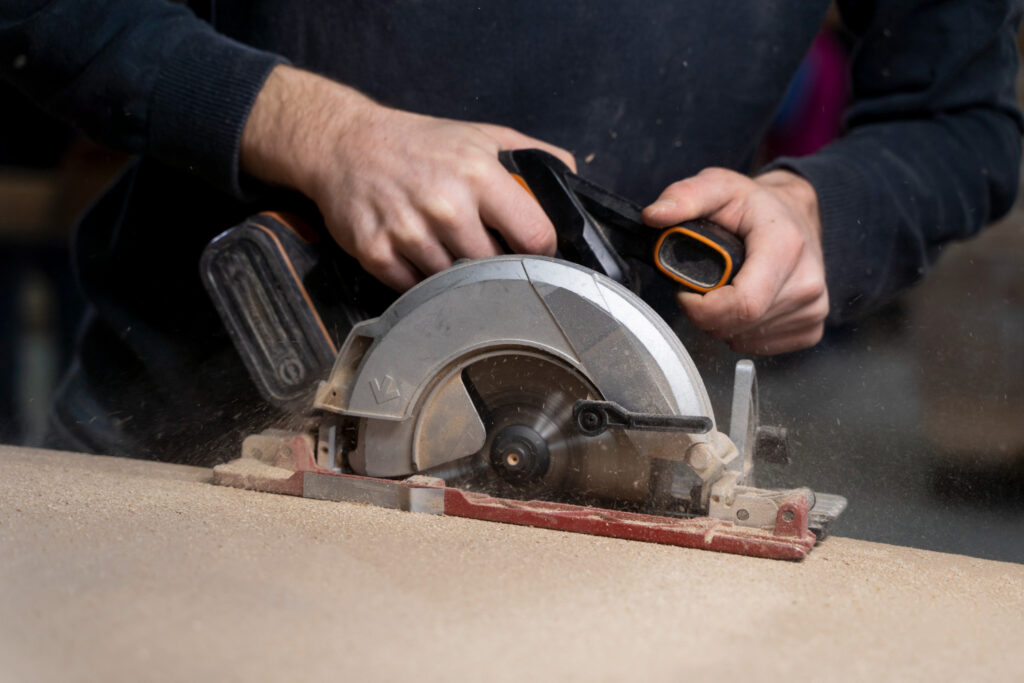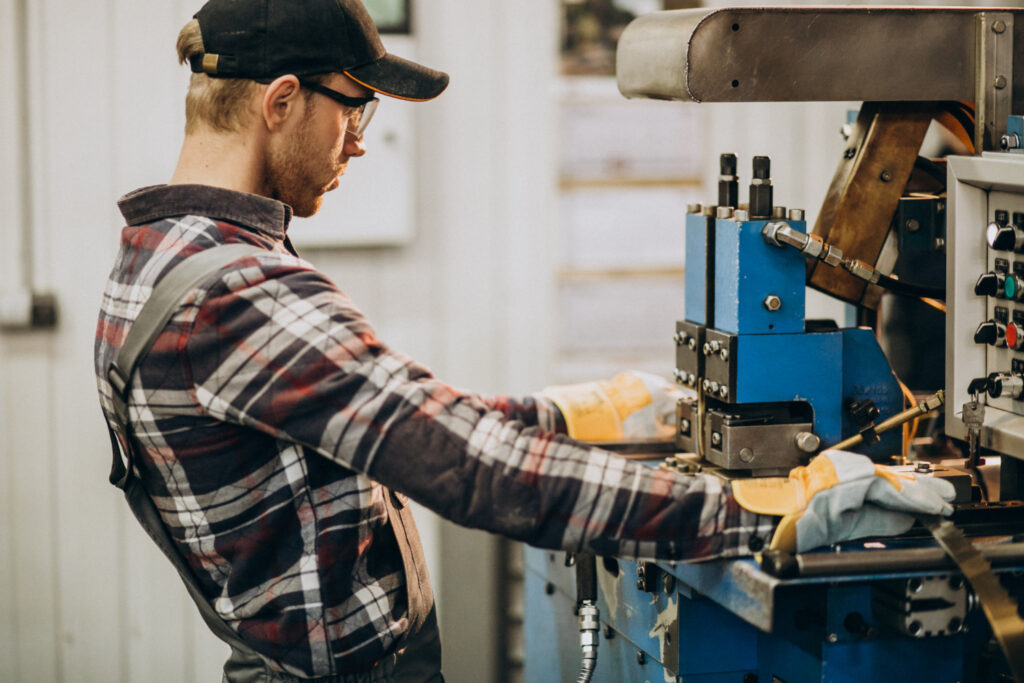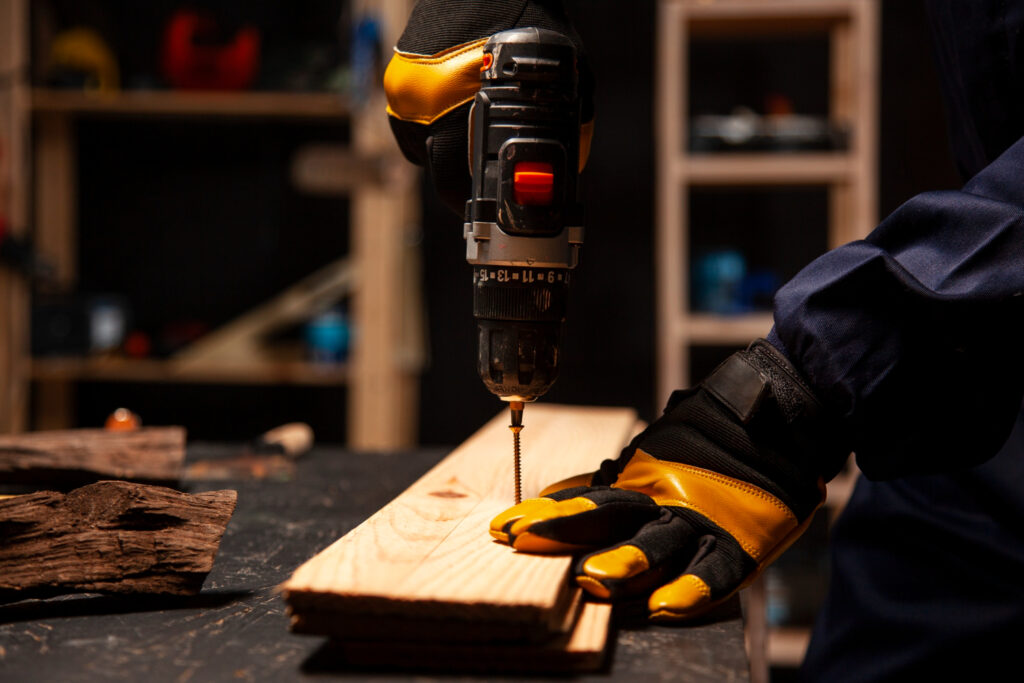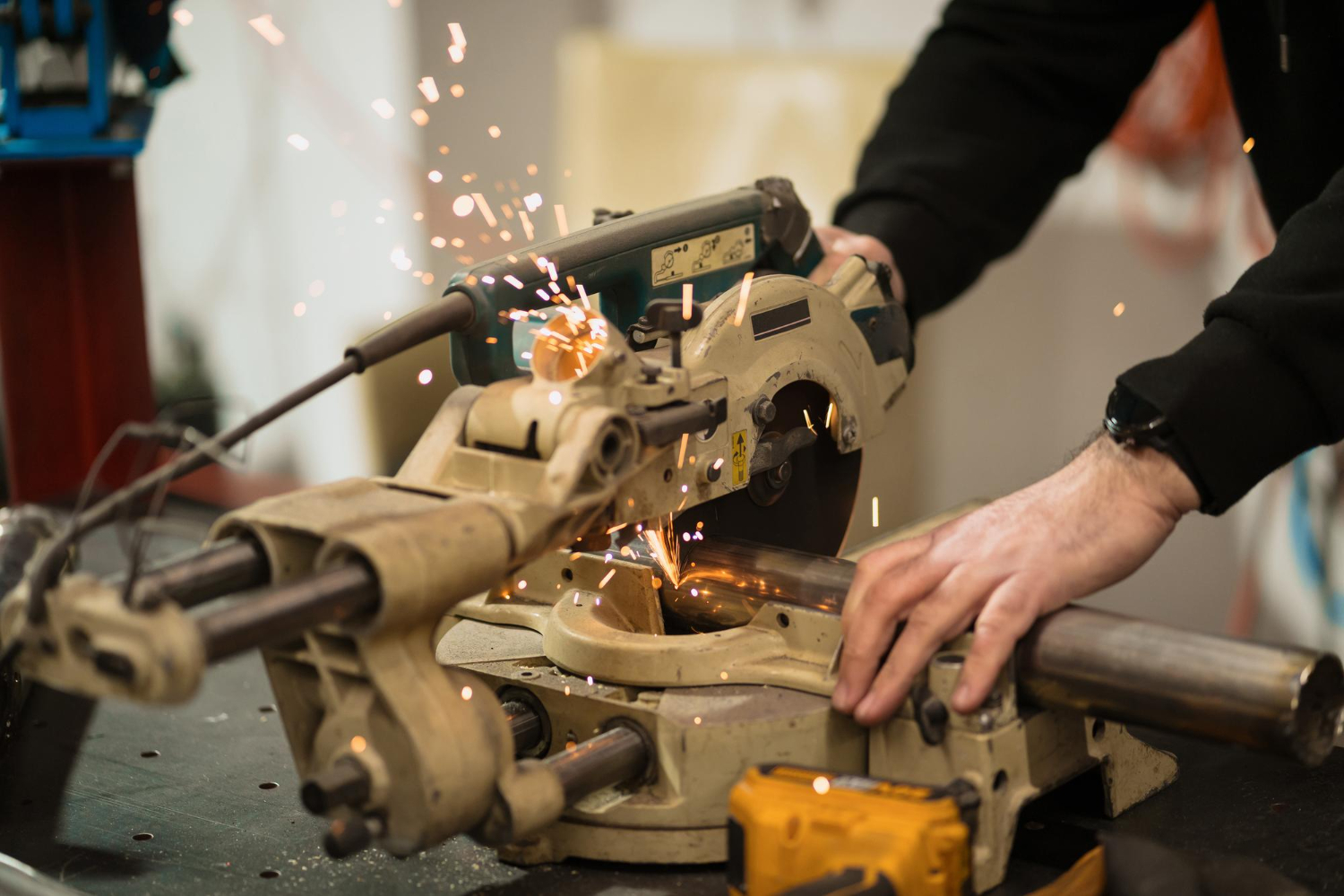If you’re a DIY enthusiast, a woodworker, or a professional tradesperson, you understand the importance of having the right machinery tools in your workshop. These tools are the backbone of any productive workspace, helping you turn your creative ideas into reality and streamline your work. In this blog, we’ll explore five essential machinery tools that should find a place in your workshop, along with tips on how to use them effectively. Whether you’re just starting or looking to upgrade your equipment, this guide will help you make informed choices.
1. Table Saw
A table saw is the workhorse of many workshops and is considered one of the most versatile and indispensable tools for cutting various materials, primarily wood. Its key components include a circular blade that protrudes from the tabletop, allowing you to make precise and straight cuts. Whether you’re building furniture, crafting cabinets, or working on DIY projects, a table saw should be at the top of your machinery tools list.

How to Use a Table Saw
- Safety First: Always wear appropriate safety gear, such as safety glasses, hearing protection, and a dust mask. Ensure the blade guard and anti-kickback pawls are properly in place.
- Measure Twice, Cut Once: Take accurate measurements before making any cuts. This will reduce wastage and improve the quality of your work.
- Push Sticks: Use push sticks to guide the material through the blade, keeping your hands a safe distance away from it.
- Fence and Miter Gauge: Adjust the fence and miter gauge to ensure precise cuts, especially when working on angles or making repetitive cuts.
- Maintain and Clean: Keep your table saw clean and well-maintained. Regularly check for loose parts and ensure the blade is sharp.
2. Bandsaw
A bandsaw is a versatile cutting tool that uses a continuous band of toothed metal to cut various materials, including wood, metal, and plastic. It’s ideal for making curved and irregular cuts, resawing, and intricate designs. In many cases, a bandsaw complements a table saw and offers you more creative freedom in your projects.

How to Use a Bandsaw
- Blade Selection: Choose the appropriate blade for your material and cutting needs. Wider blades are better for straight cuts, while narrower blades are suitable for intricate work.
- Blade Tension: Ensure the blade is properly tensioned to prevent it from slipping off the wheels.
- Feed Rate: Feed the material slowly and steadily into the blade, allowing it to do the work without forcing it.
- Blade Guides: Adjust and maintain the blade guides to prevent blade drift and ensure accurate cuts.
- Safety Measures: Just like with the table saw, wear safety gear and maintain a safe distance from the blade.
3. Jointer and Planer
A jointer and planer are two separate machines, but they often go hand in hand in the woodworking world. A jointer is used to flatten one face and square one edge of a board, while a planer is used to achieve a consistent thickness across the entire board. Together, they help you create perfectly flat and uniform lumber, a fundamental step in woodworking.

How to Use a Jointer and Planer
- Face Jointing: Start by flattening one face of the board on the jointer. Ensure that it’s as flat as possible before moving on.
- Edge Jointing: Once you have one flat face, use the jointer to square up one edge of the board. This edge will be used as a reference surface.
- Planing: After jointing, use the planer to make the opposite face parallel to the first, resulting in a uniformly thick board.
- Safety Precautions: Keep your hands away from the cutter head and use push blocks to maintain a safe distance while operating these machines.
- Regular Maintenance: Keep the blades and cutting surfaces sharp and well-maintained for optimal results.
4. Drill Press
The drill press is a stationary tool that allows for precise and controlled drilling into various materials. It offers a level of accuracy and consistency that handheld drills can’t match, making it an essential addition to your workshop.

How to Use a Drill Press
- Safety is Paramount: Always wear safety goggles and ensure the workpiece is securely clamped to the table.
- Select the Right Speed: Adjust the speed of the drill press based on the material you’re working with and the size of the drill bit.
- Drill Guide: If you need to make precise, repetitive holes, consider using a drill guide to maintain consistency.
- Depth Stop: Set the depth stop to control the depth of the hole you’re drilling.
- Clean Up: Remove any wood chips, metal shavings, or debris from the work area to maintain a clean and safe workspace.
5. Router
A router is a versatile and creative tool that can be used for shaping, grooving, edging, and carving various materials, particularly wood. It comes in both handheld and table-mounted varieties, allowing you to choose the one that best suits your needs.

How to Use a Router
- Safety Gear: Always wear eye and ear protection when using a router. If you’re working with dust-producing materials, a dust mask is also recommended.
- Bit Selection: Choose the appropriate router bit for the desired task. Different bits are designed for different cuts, so make sure you have the right one for the job.
- Router Table: When using a table-mounted router, ensure that the workpiece is securely clamped and the fence is adjusted for the desired cut.
- Handheld Routing: When using a handheld router, move it in a counterclockwise direction around the workpiece for better control and reduced tear-out.
- Practice: If you’re new to routing, practice on scrap material before working on your actual project to get a feel for the tool.
In conclusion, having the right machinery tools in your workshop is crucial for achieving high-quality results in your projects. From making precise cuts with a table saw to adding intricate designs with a router, these five essential tools are the foundation of a well-equipped workshop. Remember to prioritize safety, maintain your tools, and practice proper techniques to get the most out of your machinery. Whether you’re a seasoned pro or just starting, these key machinery tools will help you bring your creative visions to life and ensure your workshop is a hub of productivity and craftsmanship.
